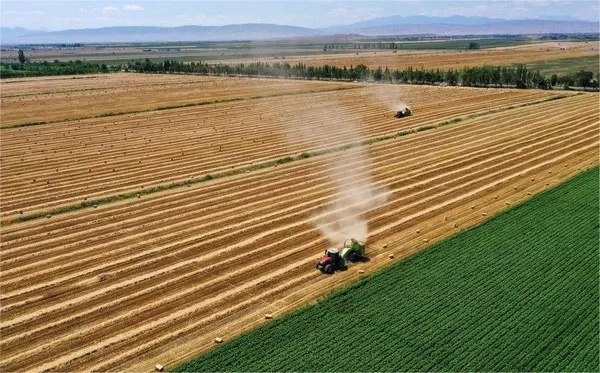Fujian province, known for its innovative approach to food production, has become a vital center for agricultural advancements in China as the nation seeks to diversify its food resources.
Despite challenges like limited arable land and frequent typhoons, Fujian has embraced its rugged terrain and expansive waters to bolster its food supply, a trend that began during President Xi Jinping’s tenure as a senior official in the province from 1985 to 2002.
Over the years, Fujian has transformed into a key producer of seafood, vegetables, and various edible fungi, a success story that contrasts with earlier struggles for food self-sufficiency during the rapid urbanization of the early 1990s.
“After China’s reform and opening-up, urbanization accelerated in Fujian and construction encroached on a lot of farmland,” explained Ye Xiaojian, curator of a museum in Fuzhou, the provincial capital, dedicated to showcasing Fujian’s journey towards food self-sufficiency in the 1990s.
The decline in farmland coupled with a growing urban population led to challenges in maintaining a steady food supply during that period, according to Ye. A local proverb displayed on a museum billboard encapsulated the province’s challenging agricultural landscape: “Eighty percent of the land mass is rolling mountains, and one major river flows across Fujian where minimum croplands can be found.”
“We often suffer from the onslaught of typhoons and floods. So, generally speaking, after floods there would always be a spike in grocery prices in the 1990s,” Ye added.
Fujian’s ability to navigate these challenges and emerge as a leader in sustainable food production underscores its crucial role in China’s quest for enhanced food security amidst evolving environmental and demographic pressures.

























